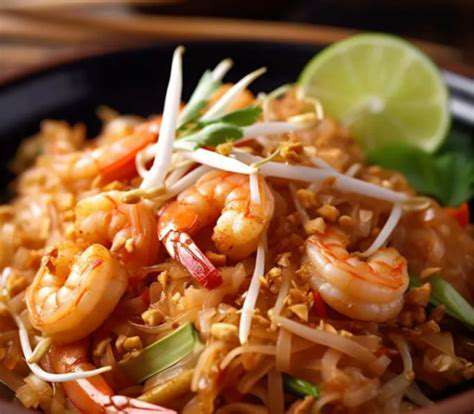Exploring Middle Eastern Cuisine: Hummus and Falafel
Jun 11, 2025 / btwgardenmachine/
For over 7,000 years, chickpeas have sustained civilizations across the Mediterranean and Middle East. Their remarkable nutritional profile - packed with protein, fiber, and essential minerals - made them invaluable. Traditional preparation involved lengthy soaking and slow cooking, techniques that transformed these hard legumes into edible gold. The real breakthrough came when cooks began grinding them into velvety pastes, unlocking flavors and textures previously unimaginable.
The Spread Throughout the Region
As camel caravans traversed ancient trade routes, they carried more than spices and silks - they transported culinary ideas. Hummus evolved differently in each region it reached: Syrians favored extra garlic, Palestinians perfected the olive oil drizzle, while Lebanese cooks elevated tahini to an art form. This beautiful diversity reflects how a simple dish can become a canvas for cultural expression.
Culinary Innovations and Adaptations
The transformation from rustic paste to refined dip occurred gradually. Tenth-century Arabic cookbooks mention seasoned chickpea purees, but the tahini revolution came later. The citrusy zing of lemon juice, introduced as Mediterranean trade expanded, provided the perfect counterpoint to rich sesame paste. Generations of home cooks refined techniques, discovering that proper hummus requires patience - chickpeas must be cooked until they surrender completely to the mortar.
The Role of Tahini in the Recipe
No ingredient changed hummus more dramatically than tahini. This luxurious sesame paste, first cultivated in ancient Mesopotamia, adds depth and creaminess that elevates the dish. The perfect hummus balances earthy chickpeas with tahini's nutty richness, creating a harmony that dances on the palate. Quality matters immensely - stone-ground, hulled sesame seeds produce the silkiest, most flavorful results.
Hummus in Modern Cuisine
Today's global hummus obsession shows no signs of slowing. Creative chefs have reimagined it in countless ways: beetroot-infused versions dazzle with vibrant color, while roasted red pepper variations offer smoky sweetness. Its remarkable adaptability makes hummus equally at home in high-end restaurants and college dorm rooms. Food scientists even developed shelf-stable versions, though purists argue nothing compares to fresh.
The Future of Hummus
As plant-based diets gain popularity, hummus stands poised to become even more prominent. Innovative producers experiment with heirloom chickpea varieties and artisanal tahini blends. Some predict hummus will become a staple protein source, while others focus on its potential as a healthier alternative to traditional spreads. Regardless of its future forms, this ancient dish's essence - simple ingredients transformed into something extraordinary - will endure.
Beyond the Basics: Exploring Variations in Taste

Understanding Variational Methods
Modern problem-solving increasingly relies on variational approaches that balance precision with practicality. These methods don't seek perfect solutions, but rather optimal approximations within defined constraints. This pragmatic philosophy mirrors how master chefs adjust recipes based on available ingredients - the goal isn't theoretical purity, but delicious results. The core principle involves establishing boundaries within which solutions must fall, then systematically exploring possibilities.
Applications in Diverse Fields
From predicting weather patterns to optimizing drug formulations, variational methods prove invaluable. Physicists use them to model quantum systems where exact solutions remain elusive, while economists apply similar approaches to market predictions. In culinary science, these methods help perfect recipes by systematically testing ingredient ratios and cooking techniques. The common thread is transforming intractable problems into manageable approximations.
Key Concepts and Techniques
Several fundamental ideas power variational methods. The concept of bounds establishes solution parameters, much like recipe guidelines suggest ingredient ranges. Optimization techniques then refine these approximations, similar to how cooks adjust seasoning to taste. Variational inference proves particularly powerful, allowing complex systems to be modeled using simpler, understandable components.
Machine learning applications demonstrate these principles beautifully. Variational autoencoders, for instance, compress complex data into manageable representations while preserving essential features - not unlike reducing a sauce intensifies flavors. This elegant balance between simplicity and accuracy makes variational methods indispensable across disciplines. Understanding these approaches provides powerful tools for tackling real-world challenges where perfect solutions don't exist.